So with a bow towards our imaginations, contemplate your choice on Leap Day.
|
It is that extra day in February that recurs every four years. Perhaps we should start a tradition and call it FREE DAY, when we can do anything we want -- at least in our imagination. I found the above picture on somebody's blog and I don't know where to give credit. Thank you whoever you are. I've always thought February needs all the help it can get. Back to that "do-anything-you-desire" idea for Leap Day. What would you do? One of my instant ideas is above. In my finest habit, I would ride a spirited mare down Rotten Row in London. Based on repeating things I have already done, my choice would be either a Venetian Gondola or a sailing yacht in the Greek Islands. Or maybe something less nautical, like a free day in the London Library (below, l)? Or the British Library (below, r)? What would be your choice, assuming you had no restrictions for time, complications, or price? The sky is the limit. Or perhaps you had in mind another tradition associated with Leap Year. How about a lady's Choice for a dance, a date, or even marriage? At my high school we had a Sadie Hawkins Dance every February, leap year or not, when the girls invited the guys. Sadie Hawkins is a character in Al Capp's comic strip stories of L'il Abner. But Sadie ultimately lost out to Daisy Mae. Other female choice traditions relate to St. Brigid's Complaint, an Irish legend associated with Leap Day. Altogether, these two version and others became entwined beyond my interest in untangling them. Nevertheless, you might like to fantasize about your ultimate quarry in the Leap Year/Sadie H. Day marathon. I have a couple of covers of my novels that just might do. Click on the thumbnails above for better images. I'd take any of the above three, wouldn't you? Or, as below, some of the portraits created by Sir Thomas Lawrence, who could do as handsome a male as he could gorgeous females. Pick your prey. Top Row, L: William Lamb, later Lord Melbourne (1779-1848); R: Henry Brougham, later Lord Brougham (1778-1868); lower row, L; Hart Davis, Jr (1791-1854). R: Sir Charles Stewart, later Lord Londonderry (1778-1854)
So with a bow towards our imaginations, contemplate your choice on Leap Day.
0 Comments
Scone Palace is the traditional location for the crowning of Scottish kings, including several who attempted the honor but did not achieve it. And the palace is full of legends and stories, enough to occupy many evenings of research. But since photos are not allowed inside, my account will be limited to the few I could find on line, such as the view above from wikipedia. Below, my shot, including a lonely tourist and a feeding peahen. Moot (or Boot) Hill was the site of Pictish Scotland kings' investiture in the 3rd century. When national Scottish councils were established, they were held here. An Augustinian abbey was built in the 12th century; Scone was also the site of the first parliament. By 1600, Scone was given by James VI to Sir David Murray, later named Lord Scone and 1st Viscount Stormont. Above, a replica of the famous adventurous Stone of Scone. It stands on Moot Hill before the Chapel, once the site of the Abbey. It is lso known as the Stone of Destiny. I had seen the Stone of Scone in Edinburgh Castle a few days earlier, where it is displayed with the crown jewels, the Honours of Scotland. It had been returned to Scotland in 1996, after being part of the British Coronation Chair in Westminster Abbey for many centuries. There is also the story about how the Stone was stolen from Westminster in 1950...as well as many other claims and legends that question the true nature and existence of the Stone. Which are authentic and which are substitutes or copies? The Chapel was remodeled in Gothic Style for the 3rd Earl of Mansfield (1777-1840), by William Atkinson. Below, the chapel at left, and right, an Italian alabaster memorial to Sir David Murray, 1st Viscount Stormont, by sculptor Maximilian Colt, in 1618. Please click on the small photos for larger versions. Below, sculptures on the grounds. Left, a Sword embedded in a stone, bringing to mind Excalibur. and Right, two handsome deer who seem poised to intimacy, but alas they are made of willow. Below, one of several white peacocks roaming the grounds. Left, my view; Right, doing a better display for the Telegraph. The Gothic door is as far as a I got with my phone camera. This version of the Palace was begun as a Regency Gothick House by Architect William Atkinson for the third Earl of Mansfield in 1803, replacing a medieval building. The interior, as portrayed by pictures from the website, is almost as perfectly Regency today as it was two hundred years ago. Above, the Octagon Room. The guidebook says, "Past and present come together in the Octagon Room,which was formerly part of the medieval gallery and led into the King's Room where Charles II slept the night before his coronation in 1651." Only months later, Charles II was defeated by Parliamentary forces of Oliver Cromwell and forced to flee to the continent where he remained until the Restoration of the monarchy in 1660. Octagonal rooms were often features of Regency-era decor. The Drawing Room boasts portraits of George III and Queen Charlotte. The 2nd Earl served as British ambassador. to France. These famous portraits were painted by artist Allan Ramsay, a Scot who was also a 2nd cousin by marriage to the 2nd Earl. At right, William Murray, 1st Earl of Mansfield, Lord Chief Justice of Great Britain (1705-1793), painted by Sir Joshua Reynolds in 1776. He was renowned for his decisions which ended slavery in Britain. 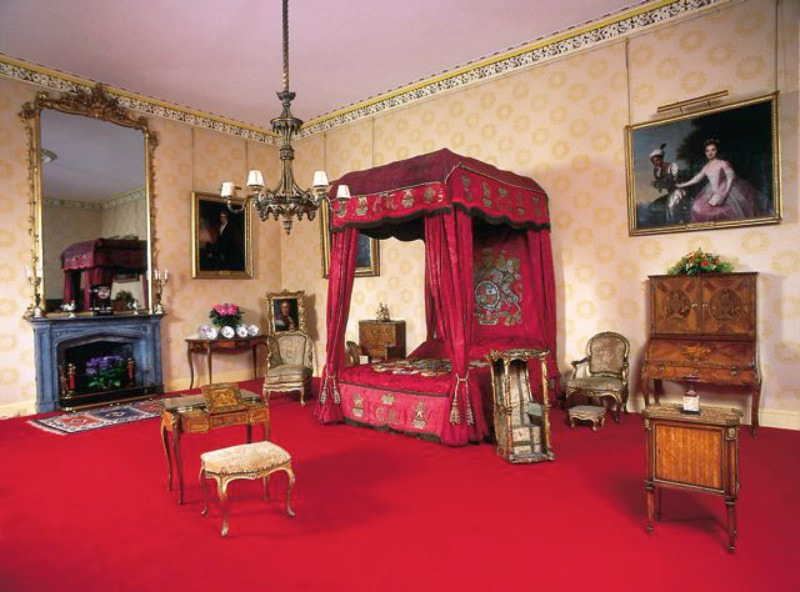 The Ambassador's Room, above, displays furniture from the 2nd Earl's tenures in Paris and Vienna. At the upper right is the famous portrait of Dido Bell and Lady Elizabeth Murray, daughter of the 2nd Earl of Mansfield. Both young ladies lived with the 1st Earl and his wife at Kenwood House, a Murray residence at the edge of Hampstead Heath in London. 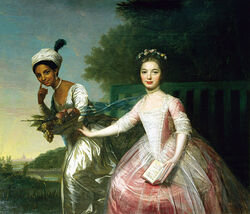 Dido's story was told, relatively accurately, by the 2013 film Belle. The portrait, once attributed to Johann Zoffany but now thought more likely to be by David Martin, hangs here because the Murrays gave up Kenwood House for continual residence at Scone in the early 20th century. The Inner Hall displays numerous family heirlooms, perhaps most obviously two Russian bears shot by Sir Lancelot Carnegie, maternal great-grandfather of the present earl, in 1908 when he was secretary at the British Embassy in Moscow. I would love to show you much more of this fascinating palace, but it isn't easy to find the images on line. So if I had anything to do with the marketing of tourism at Scone, I would immediately allow cameras and then rejoice as the visitors post their many pictures -- thus attracting many more. This is the policy of many wonderful castles, palaces, and manor houses all over Britain. I think they are benefiting from allowing photos. Are you listening Glamis and Scone? Above photo from https://www.smallcitybigpersonality.co.uk/
Here we are in September, 2019, cruising the lovely blue waters of Loch Lommond. We began our adventure in Balloch, at the south end of the Loch. The begonias bloomed near the dock as if their exuberance would postpone the upcoming October chill. Loch Lommond is long and narrow, about 22 miles in length, and varying in width from less than a half mile wide to four miles plus. The loch sits on the Highland Boundary fault, the geological dividing line between the central lowlands and the highlands. Most of the surrounding area is the Trossachs National Park. We boarded our vessel at Sweeney's Cruises and set off for a delightful day on the water. At right below, someone forgot to tie up his sailboat adequately, certainly a marine no-no. We encountered few others boating, though the day was perfect. Perhaps, being dutiful Scots, everyone was at work. About a third of the way up the length of the loch, we stopped at the village of Luss, and went ashore for luncheon and to investigate the church. We ate outside at a quaint inn and wandered the village. Please click on the thumbnails for larger versions. On the return trip, we saw some fine country homes and more spectacular scenery. What is more relaxing than a lovely day on the loch? Below, a painting I almost bought in the gift shop. I wish I'd shipped it home. Next week: Scone Palace
Glamis (promouned Glams) was the childhood home of the Queen Mother and the Bowes-Lyon family, the Earls of Strathmore and Kinghorne. The property belonged to the Strathmore ancestors since the 14th century, through turmoil and strife. But in the 20th century, it reached the peak of distinction. L to R: the 14th Earl of Strathmore and Kinghorne, the Countess, Lady Elizabeth Bowes-Lyon, Prince Albert (Duke of York, later George VI), Queen Mary, King George V, on the wedding day in 1923. Below, the wedding portrait of the Duke and Duchess of York, and a childhood picture of the Queen Mother. Remember to click on the small photos for larger versions. Above left, a dress saved through the years and displayed with other historic clothing; right, The Duchess of York and her daughter Elizabeth, b. 1926, the future Queen Elizabeth II. But despite the important royal connections, the stories one hears at Glamis are also about murders, witchcraft, monsters, perhaps vampires, ghosts, feuds, treason, and rebel seizures. There is also the legend of an entire family bricked up in a room and left to die. The Crypt is in the medieval part of the castle. Below, another view of the Crypt. Some call Glamis "the most haunted castle in Scotland," but I admit I didn't see a single spirit. Below, the Drawing Room was once the Great Hall of the medieval castle. The Dining Room, below, is an excellent example of Victorian exuberance -- or perhaps you call it Victorian wretched excess. The Royal Bedroom is beautiful and relatively understated. Below, close-ups of the bed canopy and the counterpane. Among the collection of toys and costumes was this wonderful dollhouse. The castle is set in lovely lawns and gardens, including the memorial to Princess Margaret (1930-2002) who was born at Glamis
Here we are near Blair Castle about to venture out into the hills of the estate. Below, our intrepid adventurers, our guide with the herd, and views of the now-docile deer. One might assume this is the Alpha Male with his young sons and daughters...but there were several with equally magnificent antlers...and they appeared to be quite peaceful with the herd, or perhaps that was just for the purposes of the hand-outs. The fence keeps them from accessing the parking lots but be assured they have thousands of acres of freedom once mealtime is over. Above two photos from the Blair Castle website...since I forgot to photograph the vehicle and the deer were all hungry enough to stay at the fence instead of posing in the river. However, there was no shortage of material for my own camera. Please don't forget to click the small photos to see larger versions. At Blair-Atholl, we are on the edge of the Highlands, into the foothills of the Grampian mountains, where the sun teased us all afternoon. While long stretches seemed without animal life other than the high-flying raptors, from time to time we came across workers, both human and equine. The Highland ponies, once loosed from their duties, make their way home unaccompanied. One lone angler, whose independence we did not dare interrupt, worked the river. In the 18th c., the Atholl Estates held 350,000 acres; since post-WWII sales of land, they now hold about 145,000 acres. Here and there we encountered some Highland Sheep, sturdy fellows well adapted to the stern hills. The Highland Safari was truly a unique experience. It might provide a clue to the eternal strength of the Scots, their fierceness in battle, and their appreciation of beauty. Next, the bonny, bonny banks of Loch Lommond.
|
Victoria Hinshaw, Author
Archives
July 2024
Categories |



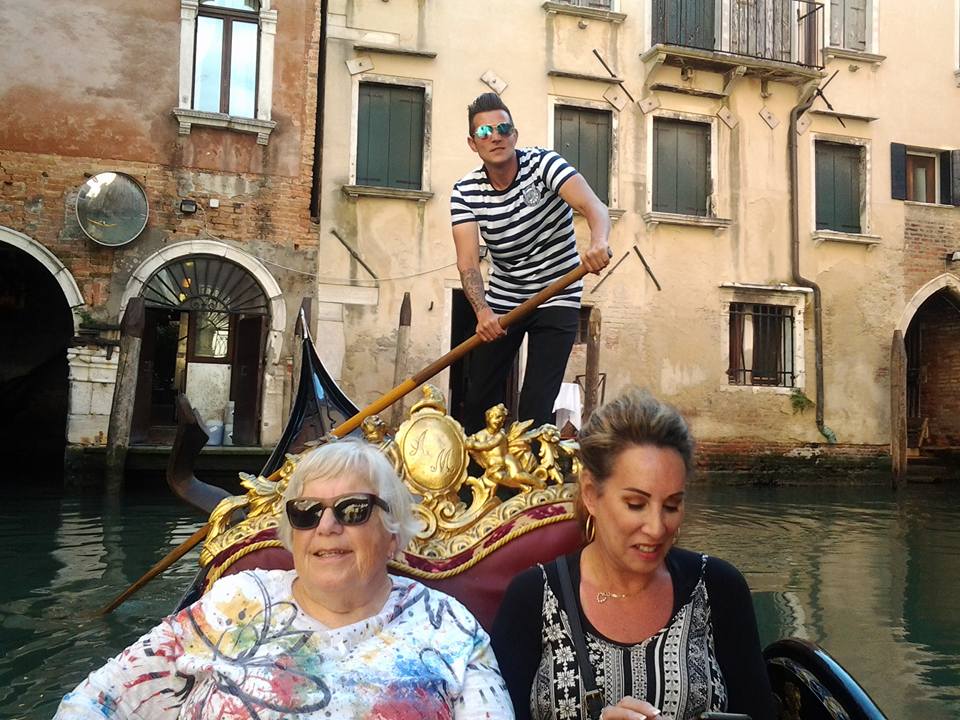
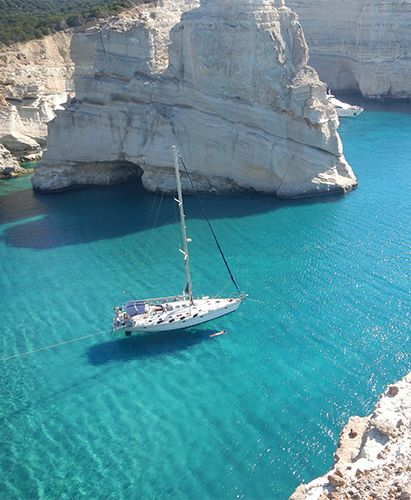
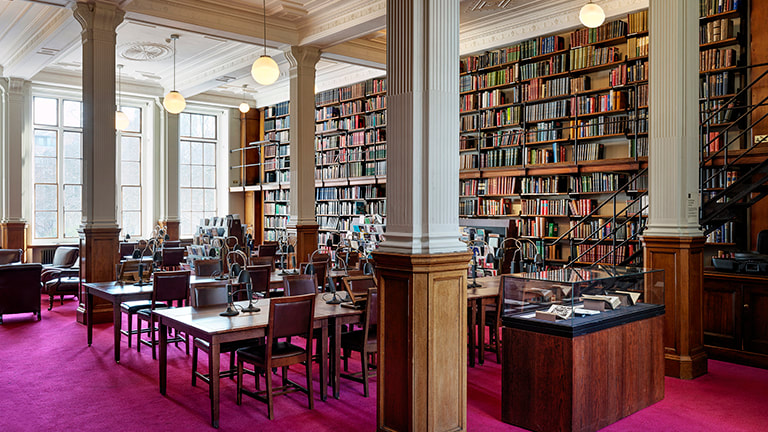
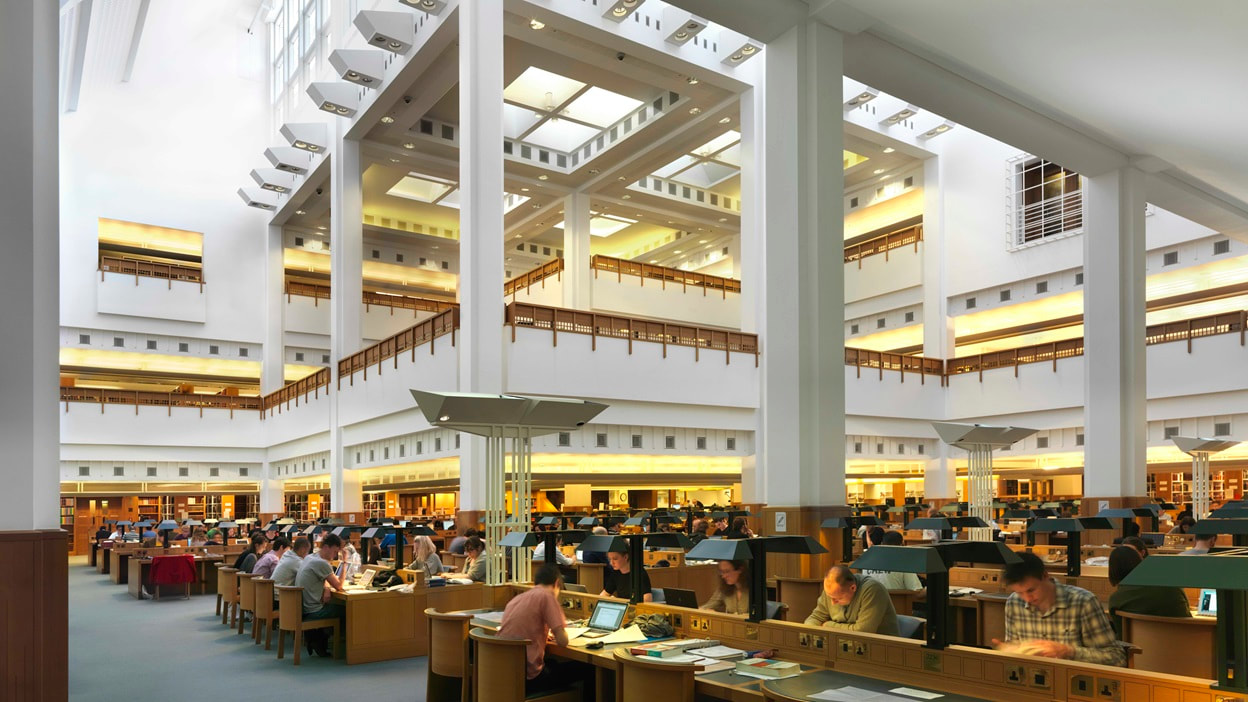

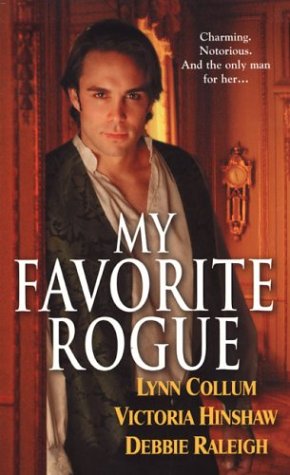


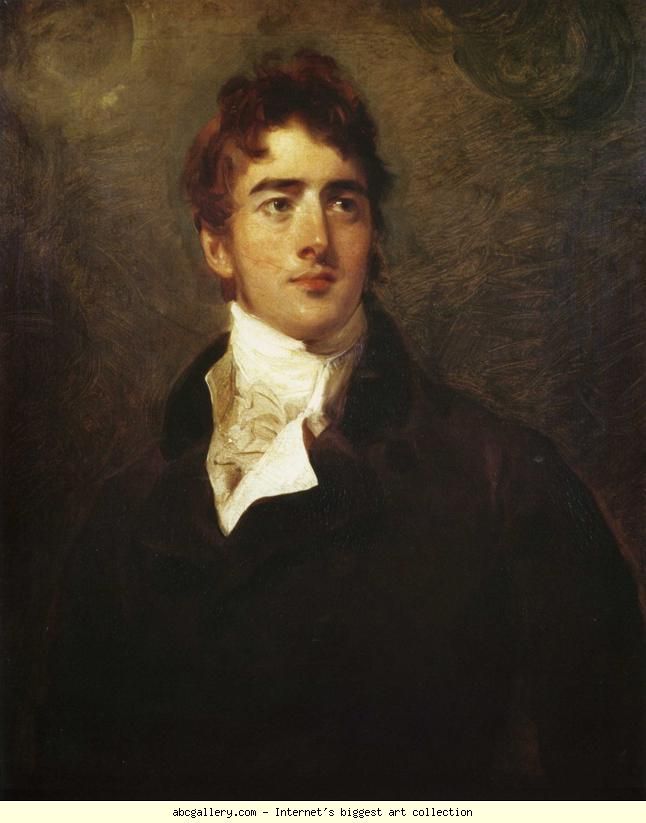
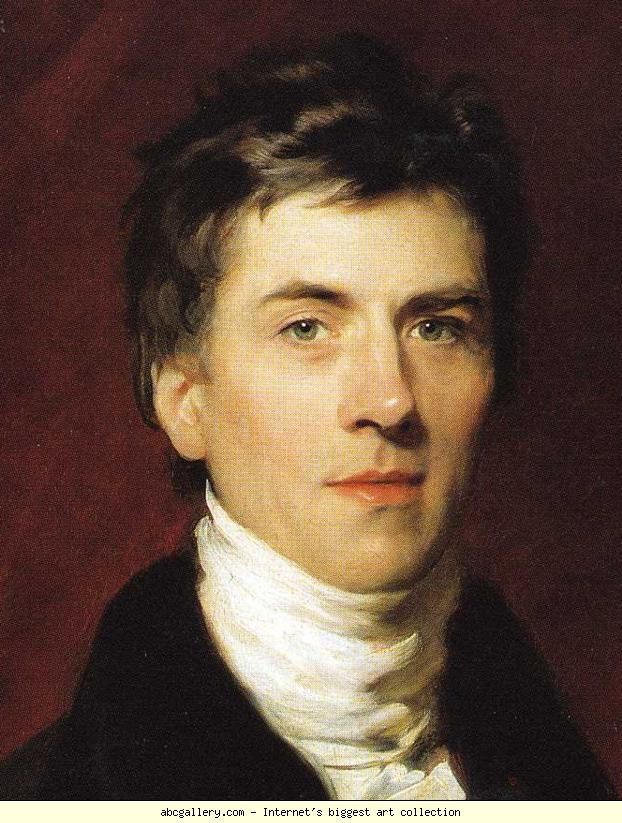

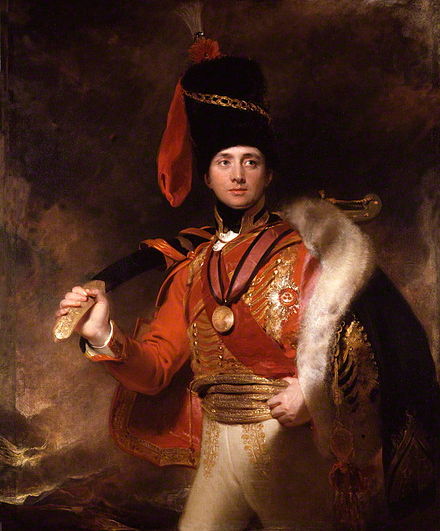


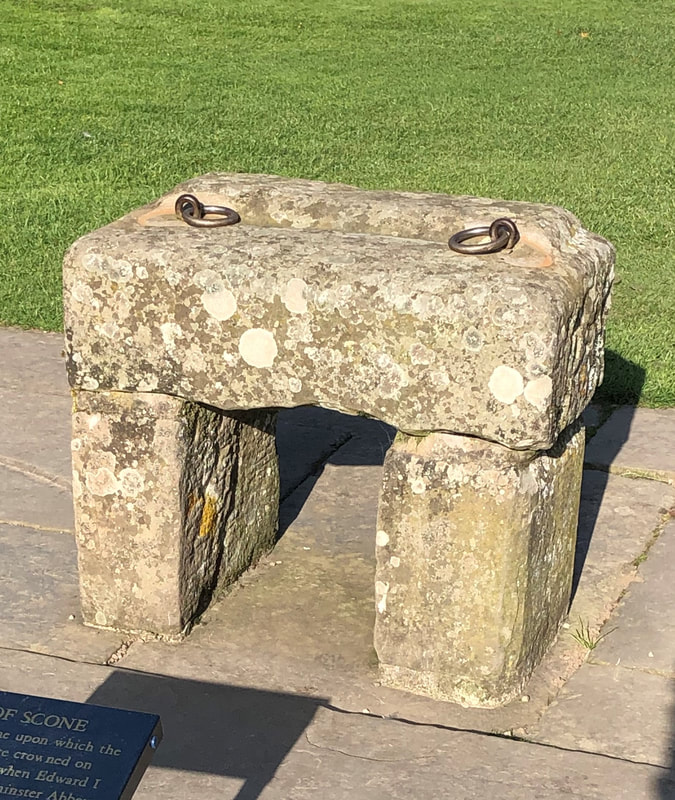

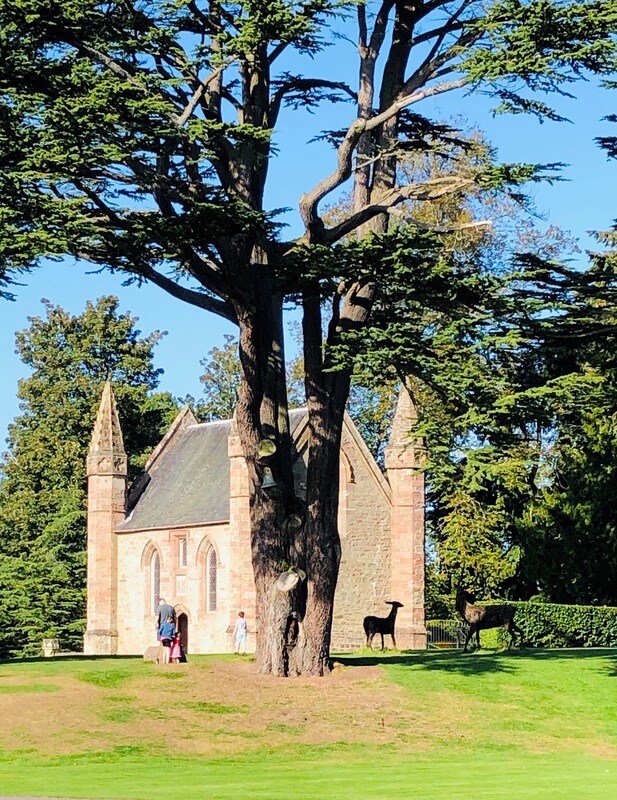





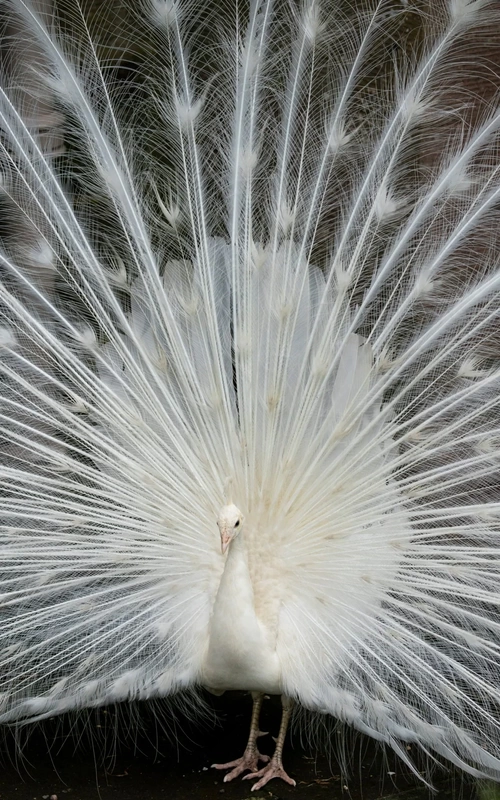
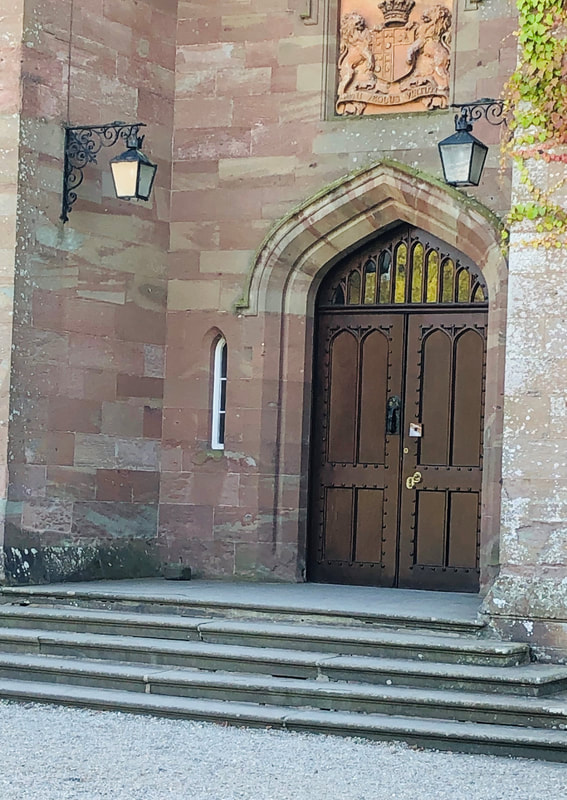
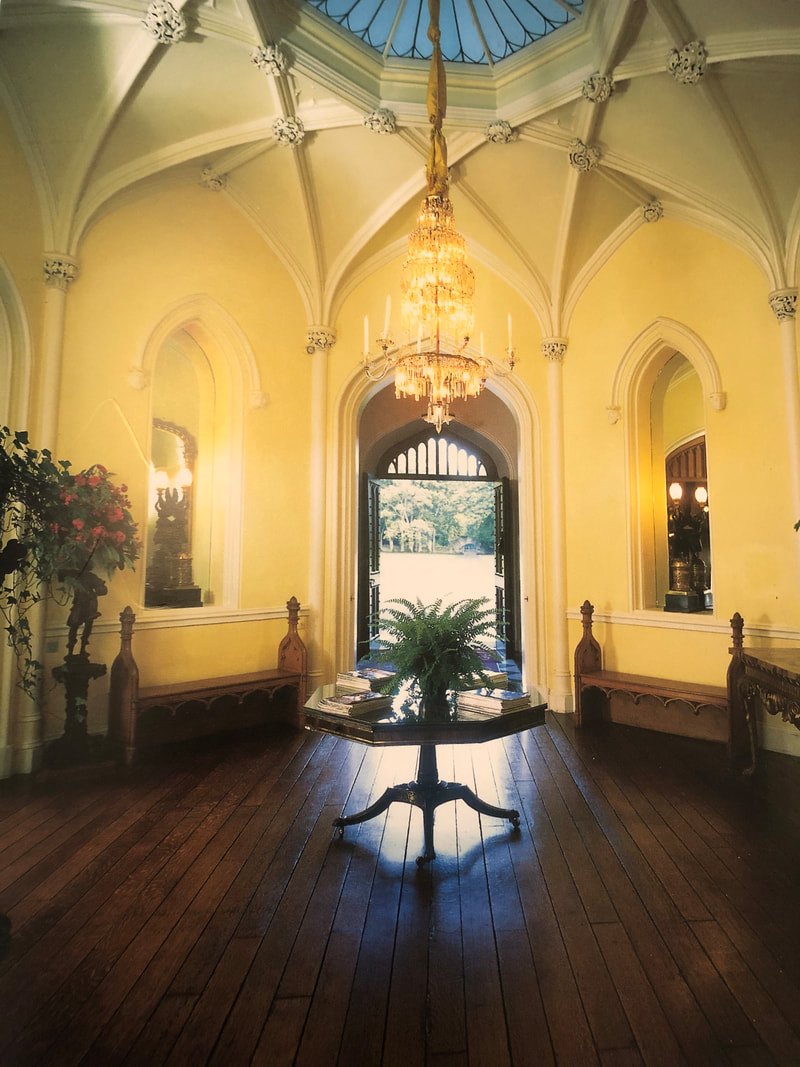
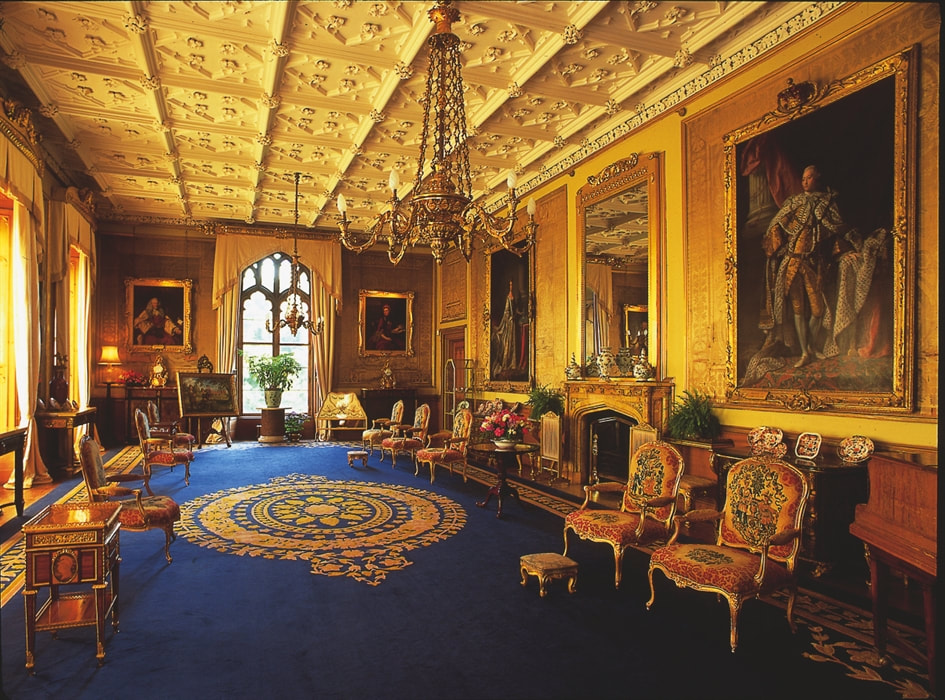
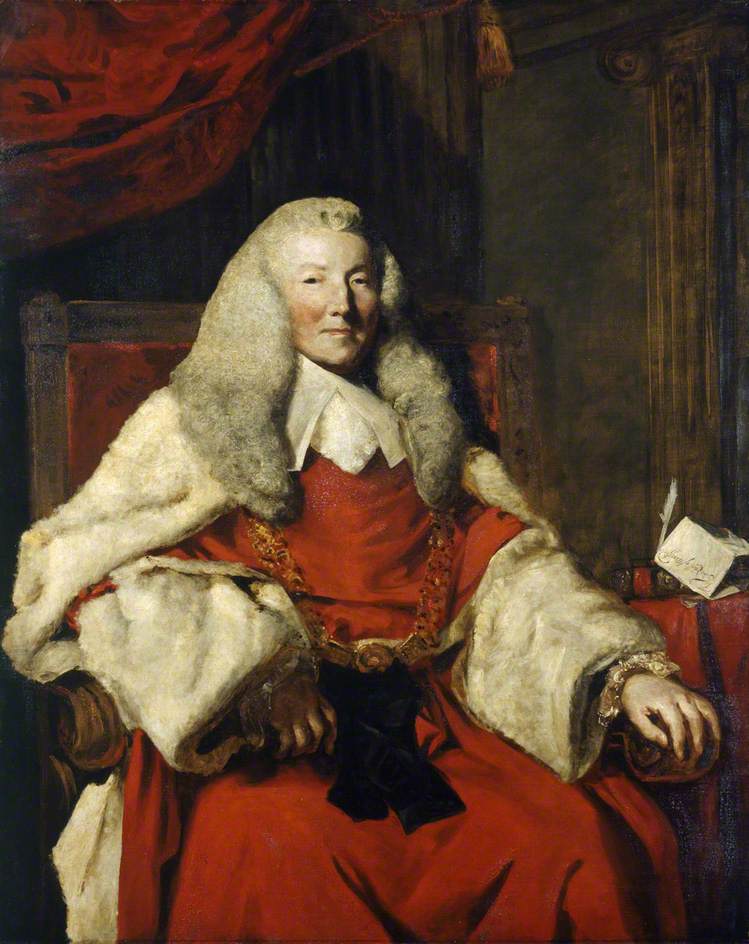
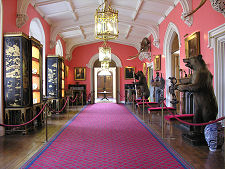




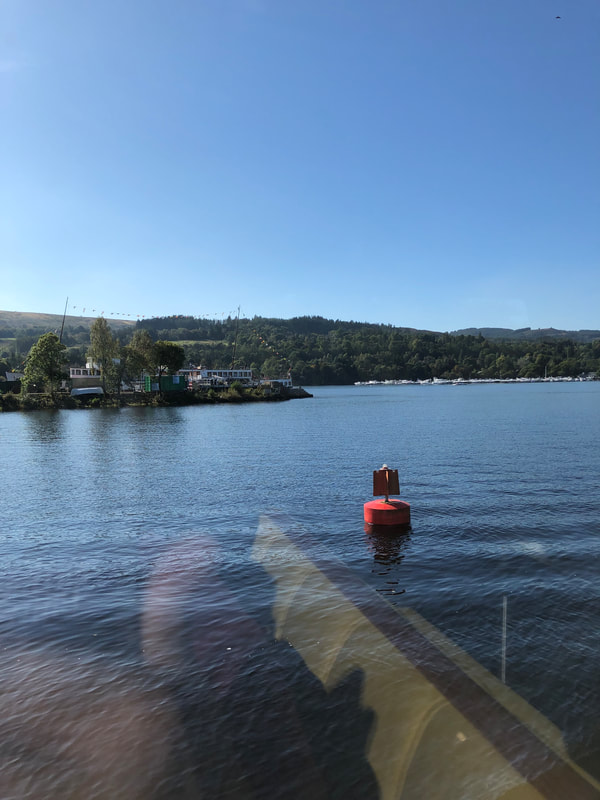
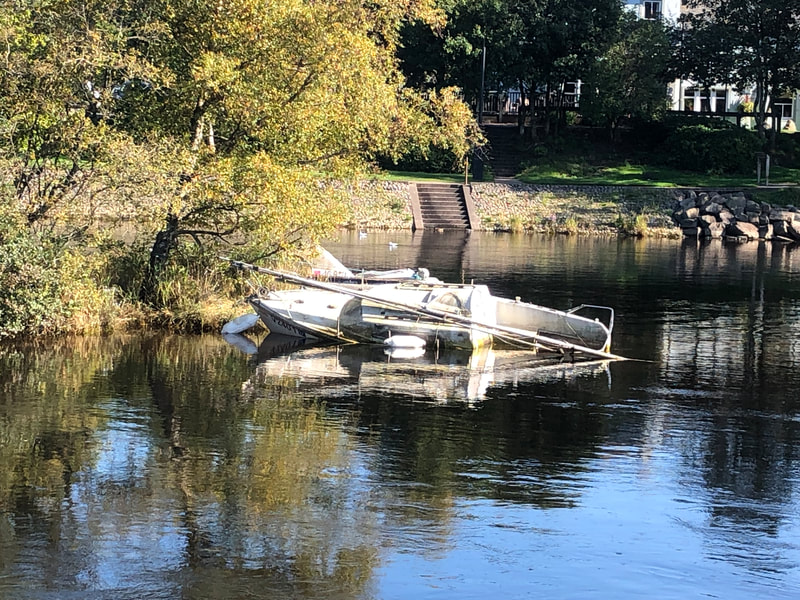
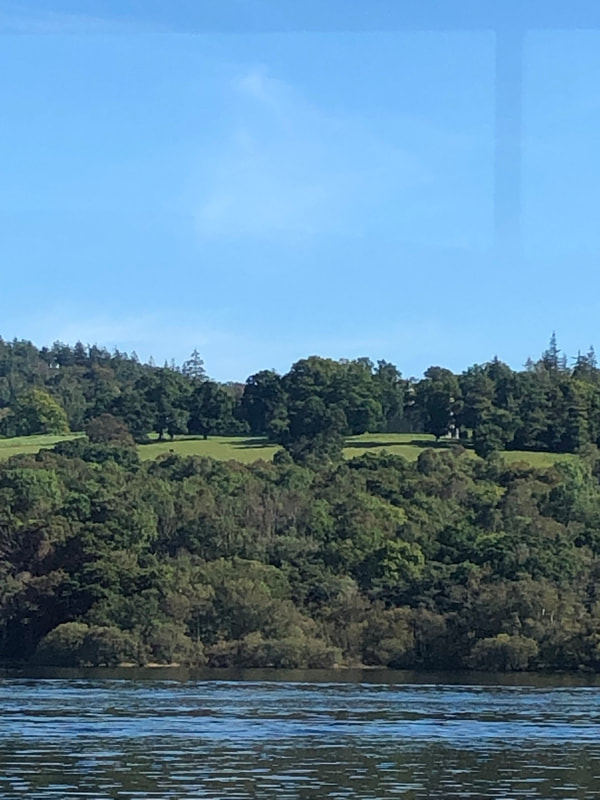


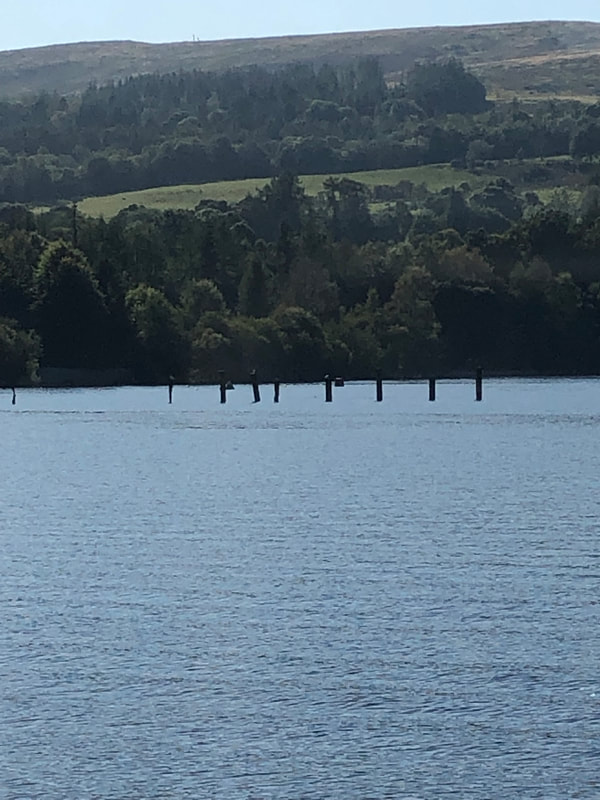
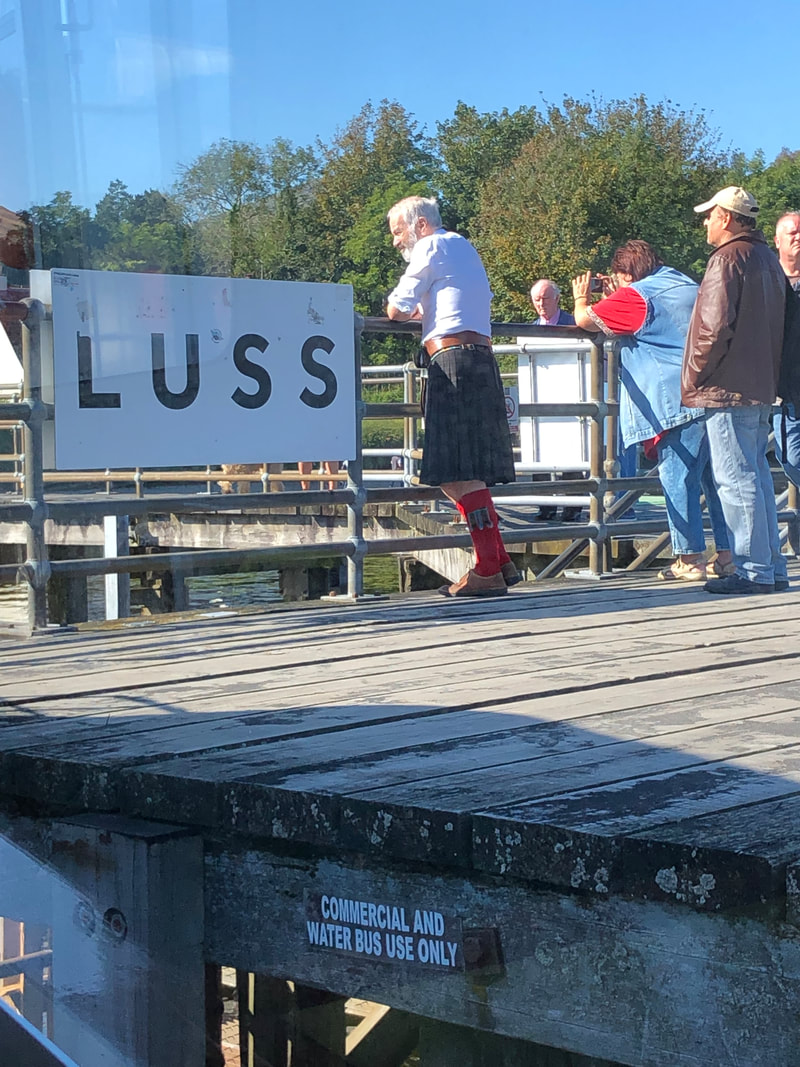


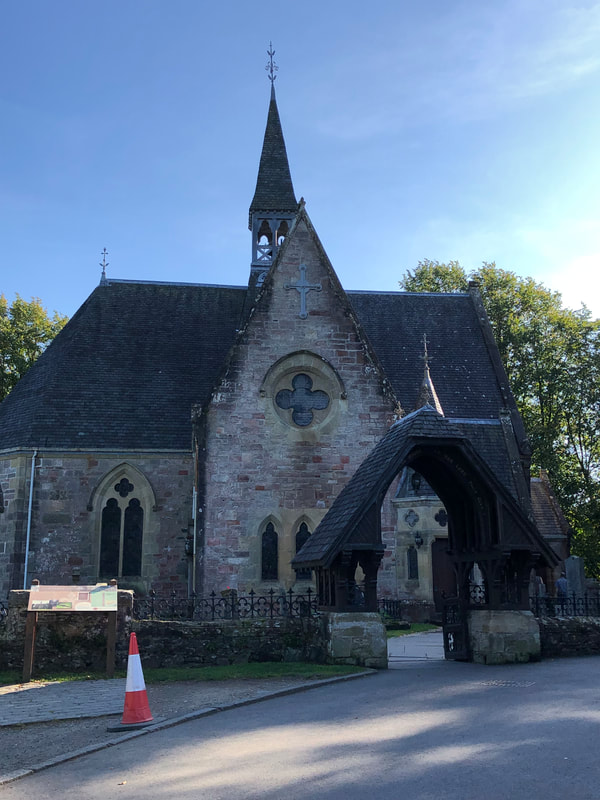







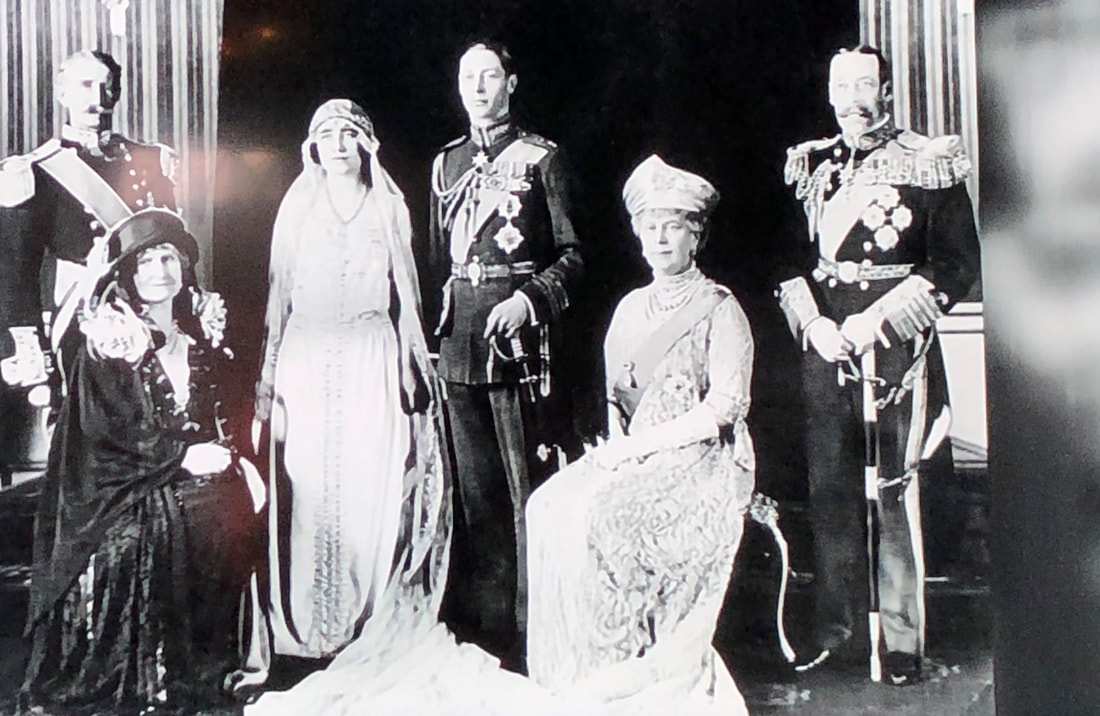
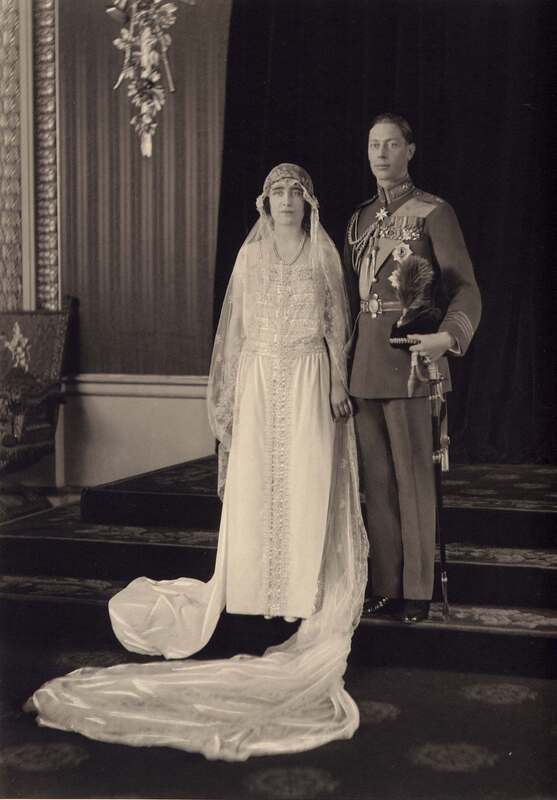
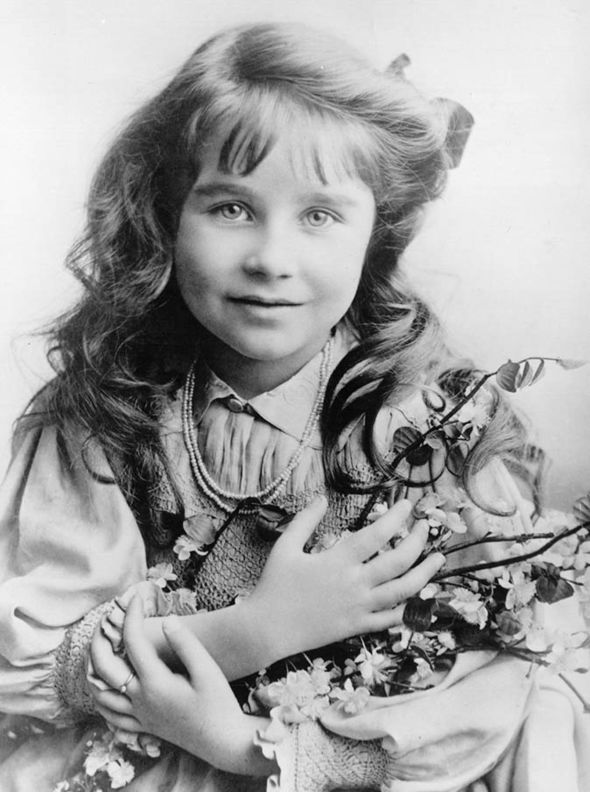
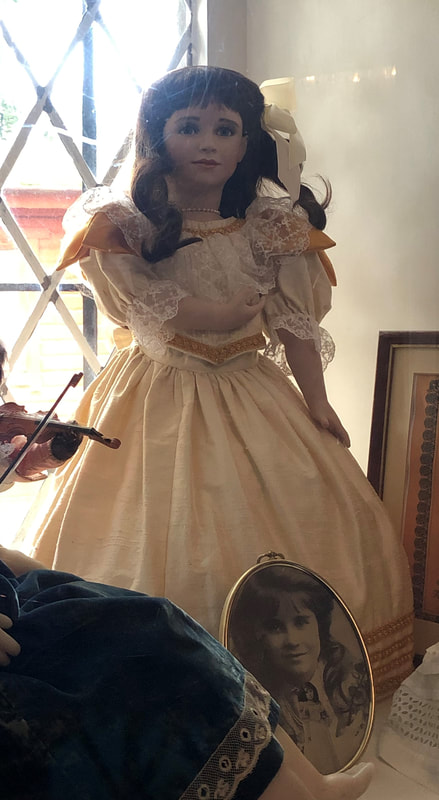
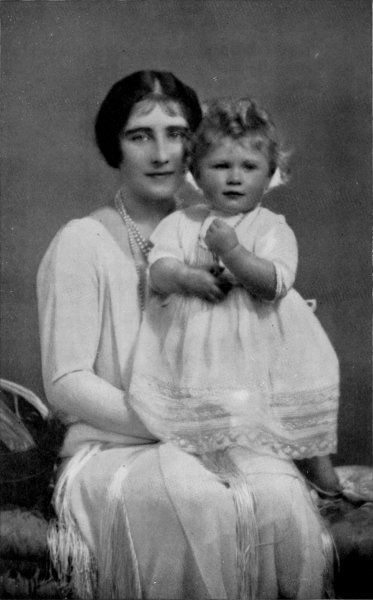
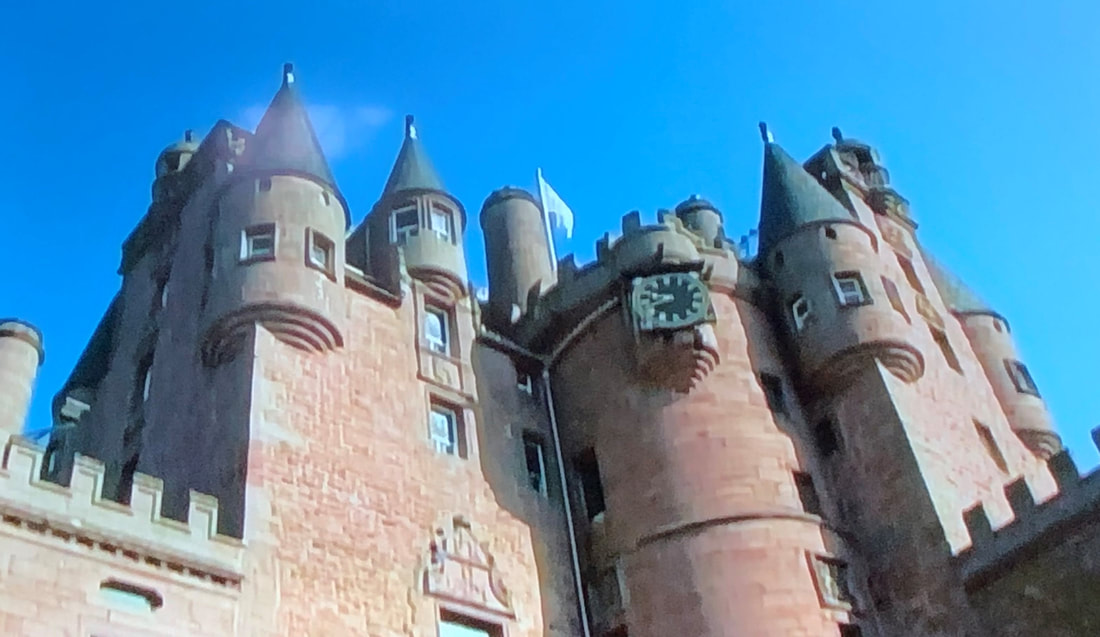
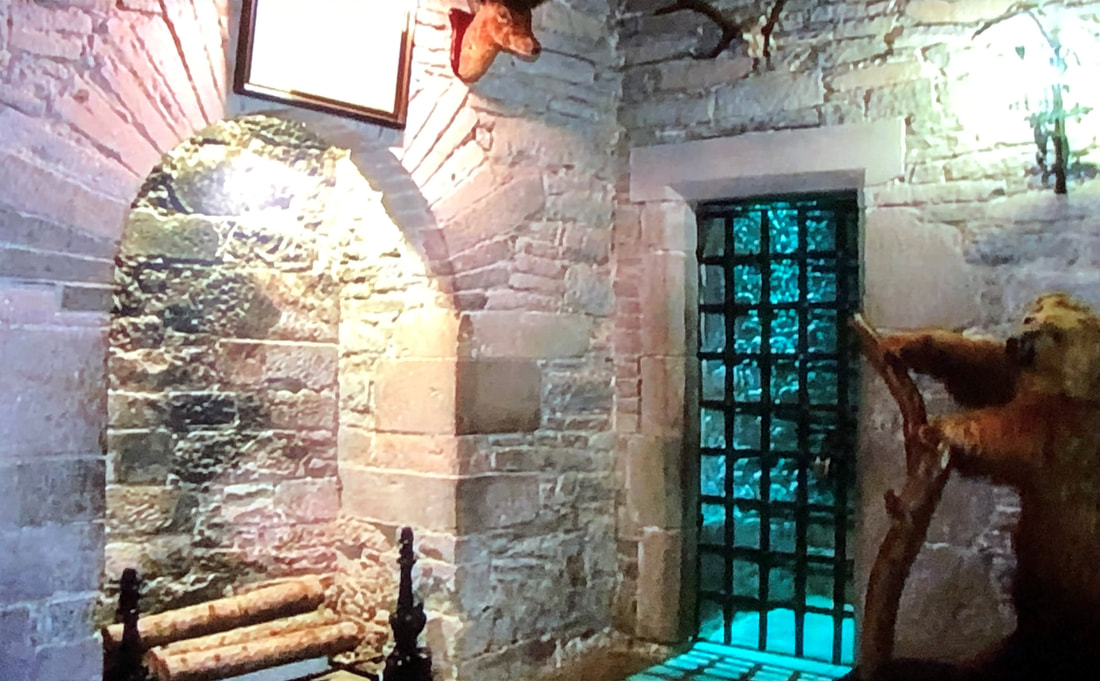
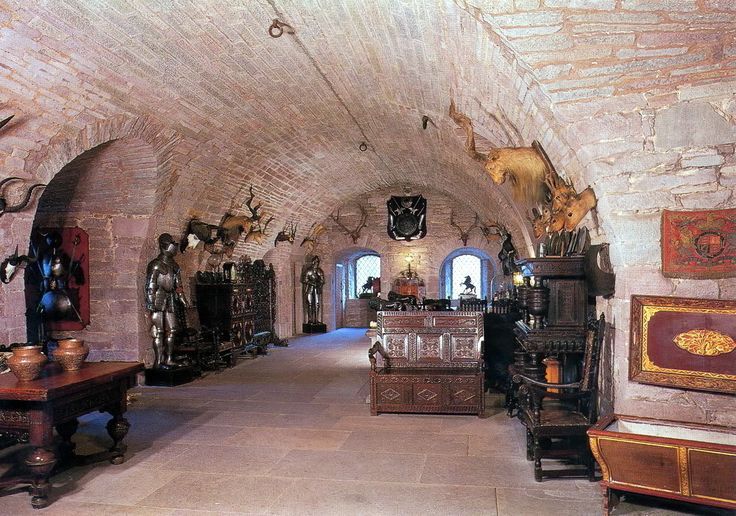

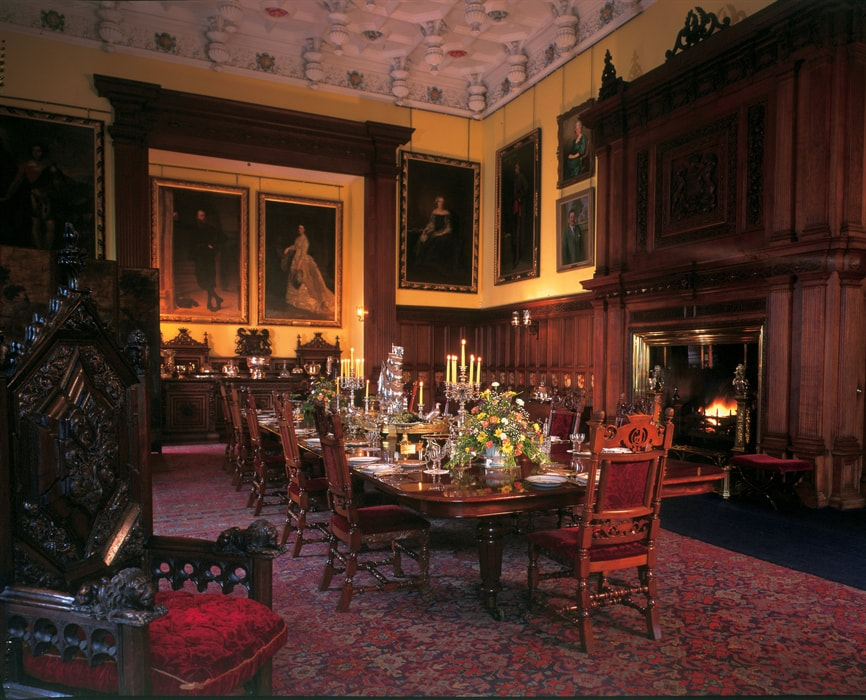
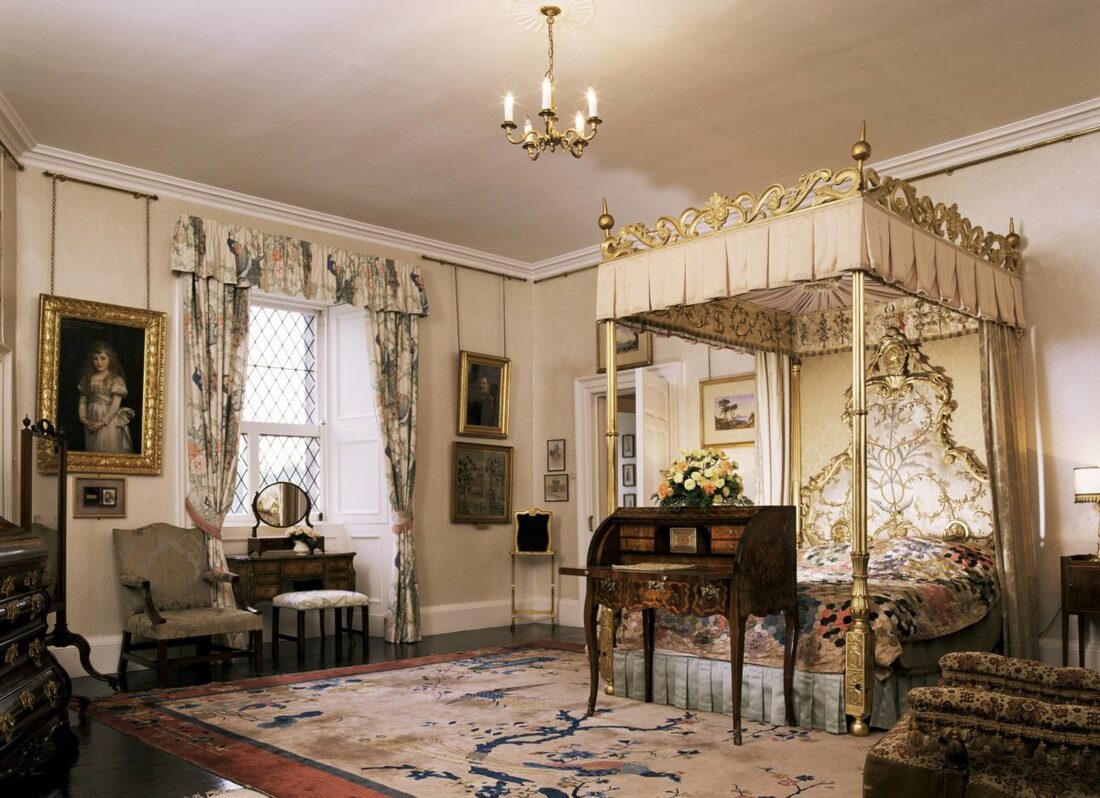


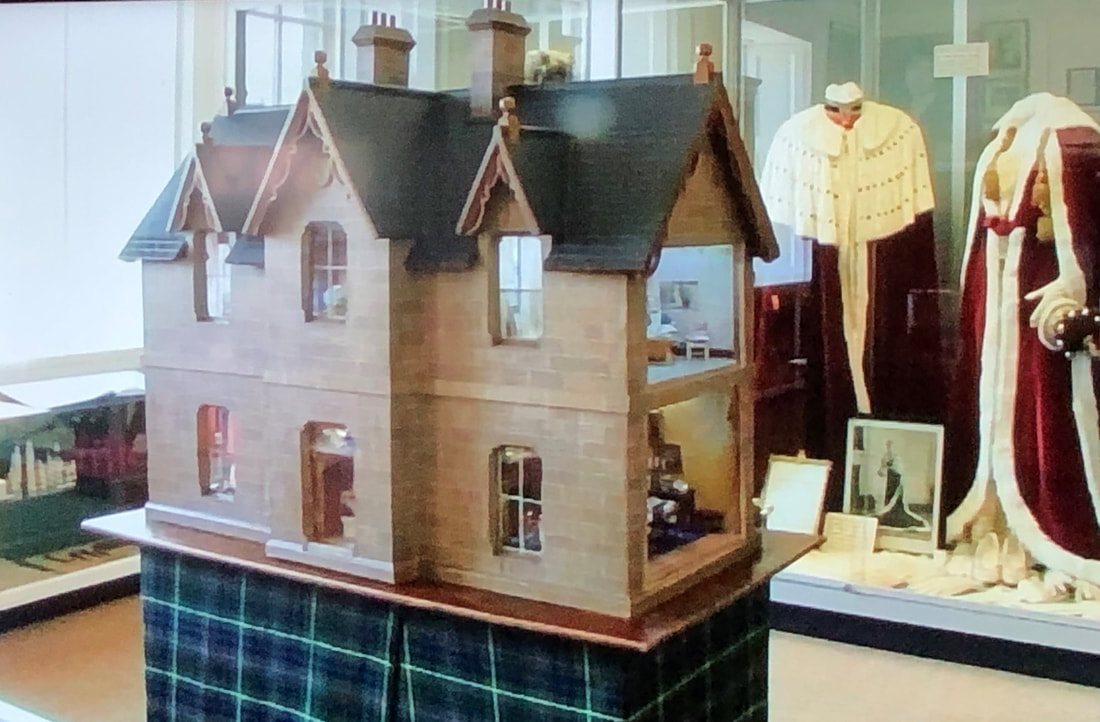

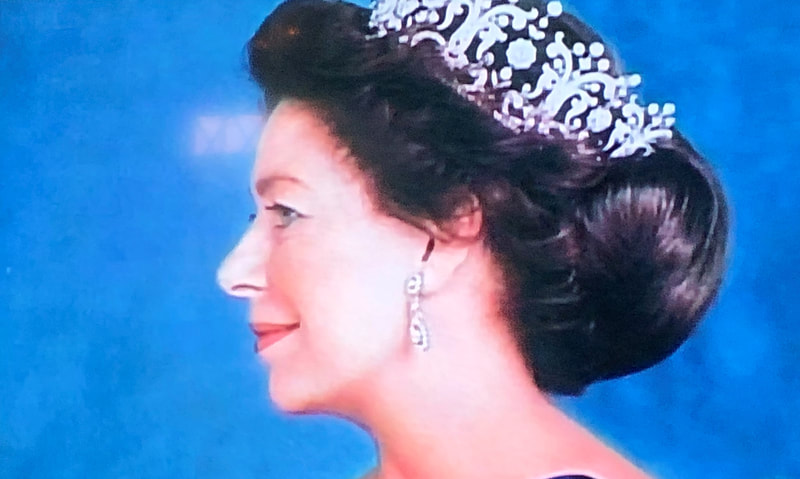




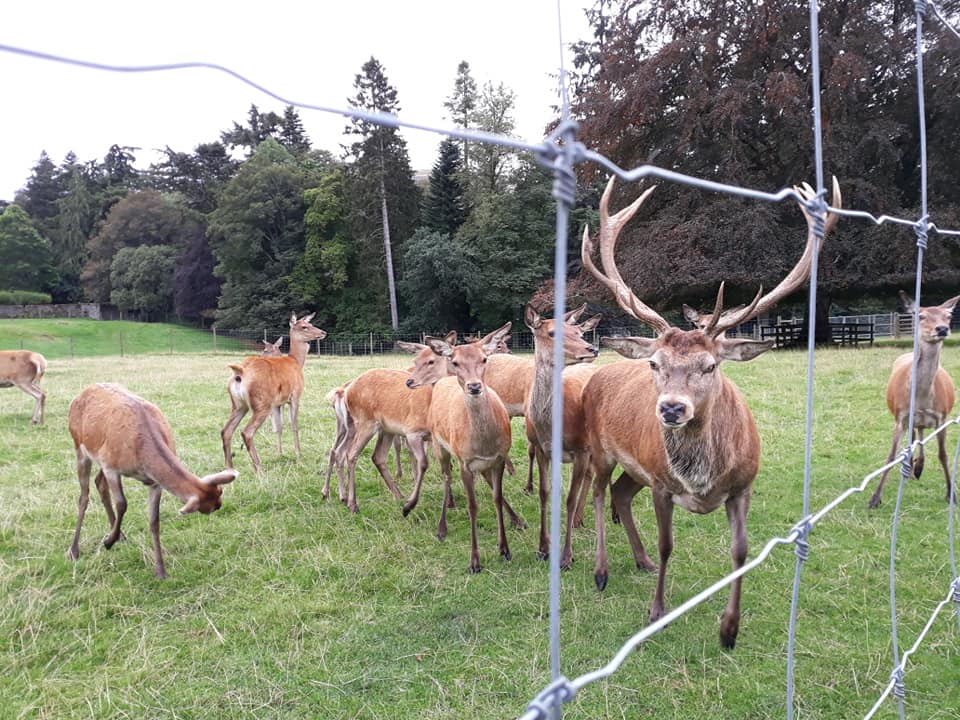



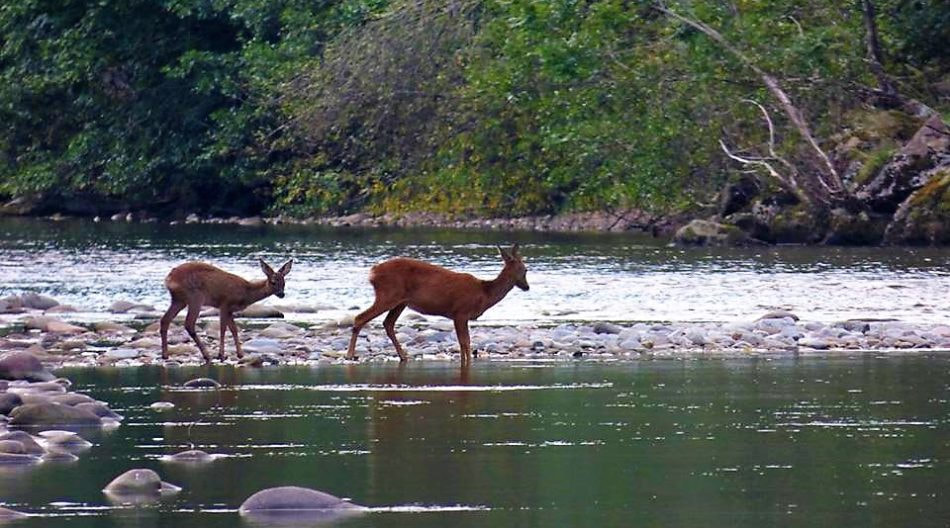
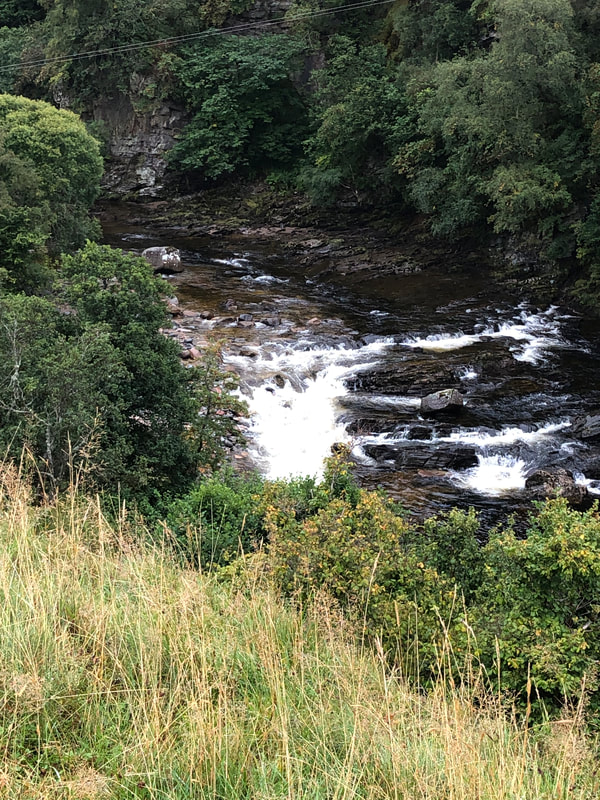


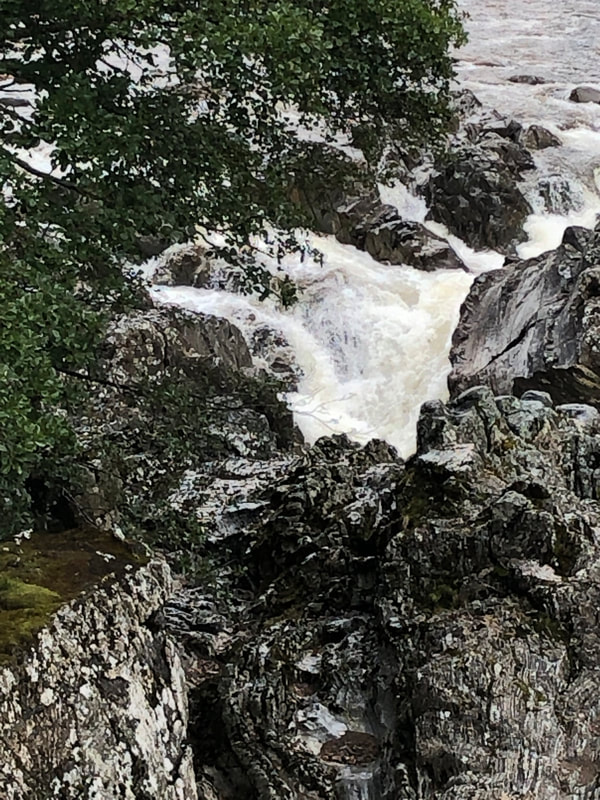
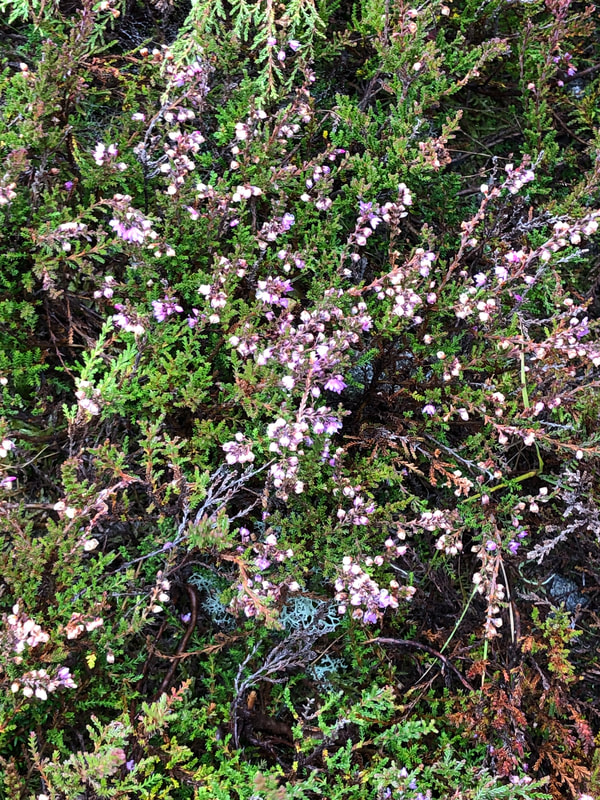
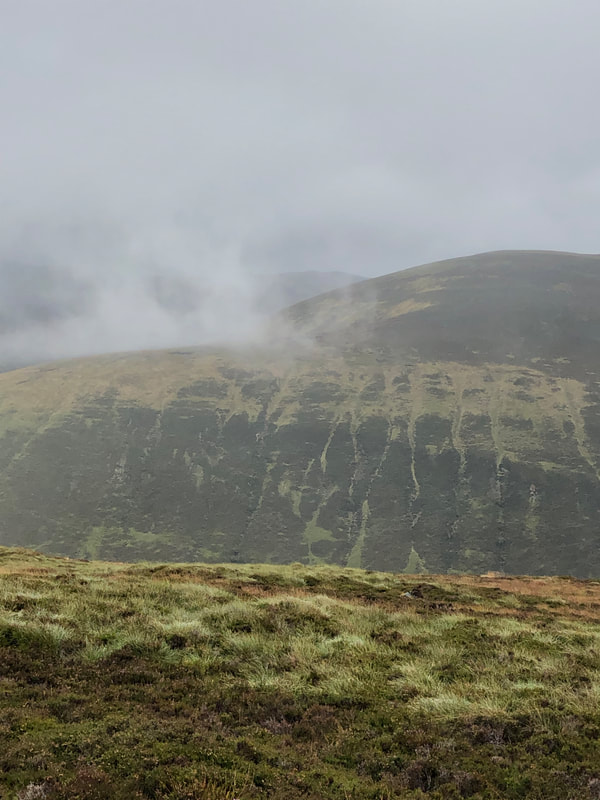
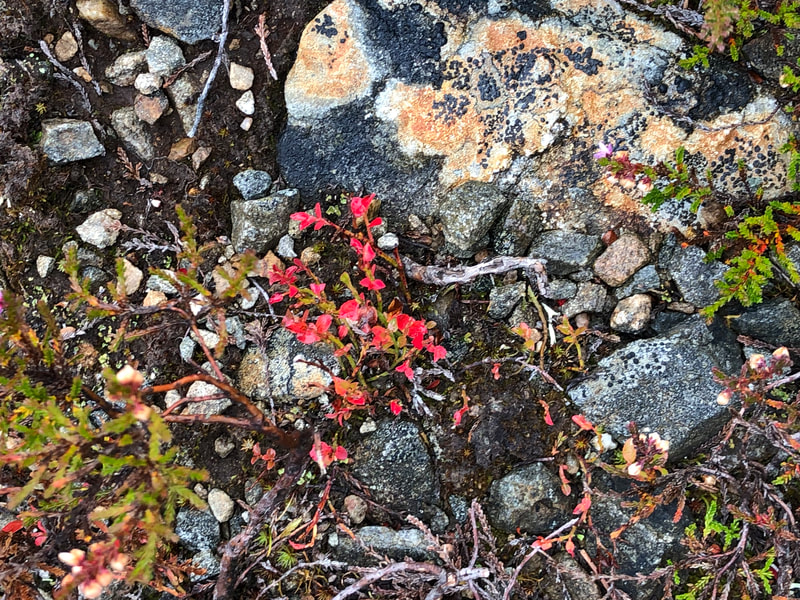

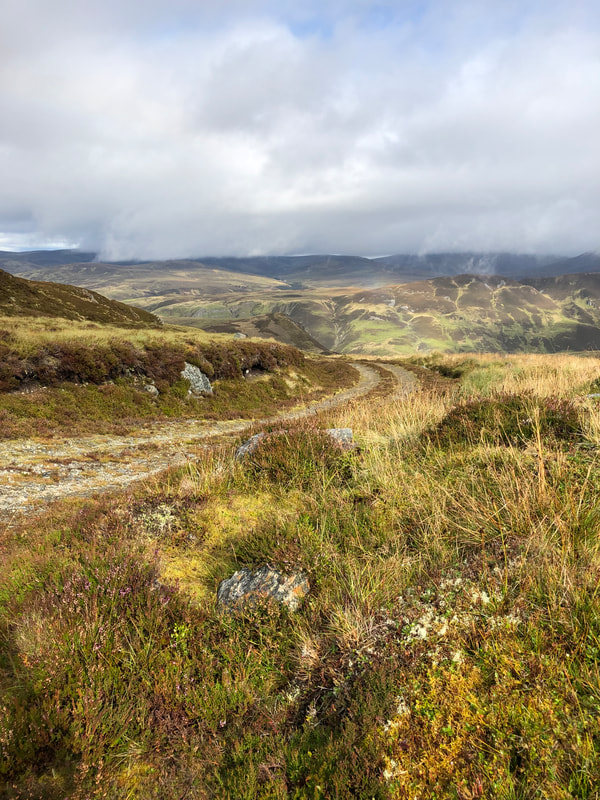
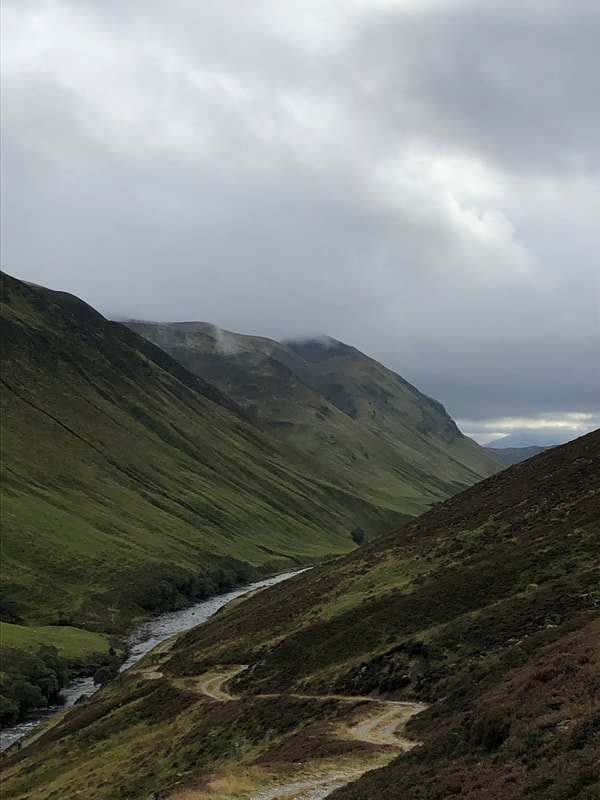
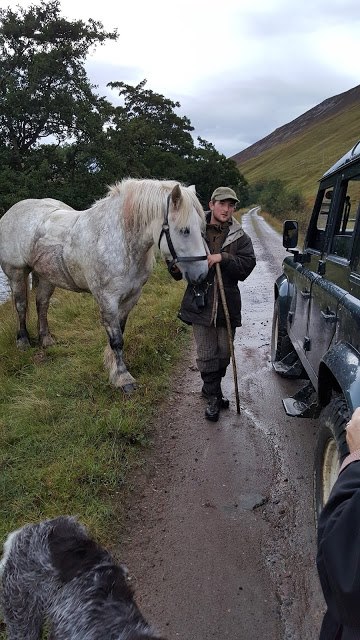
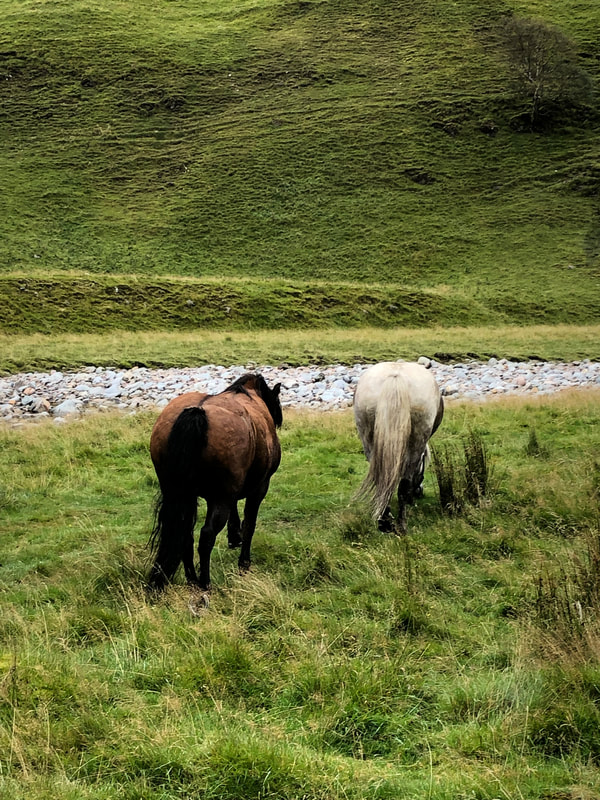
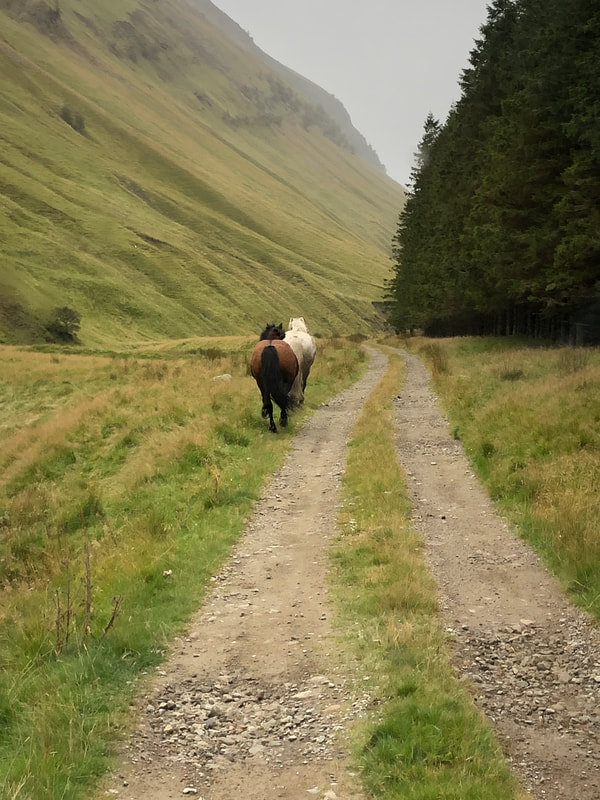



 RSS Feed
RSS Feed